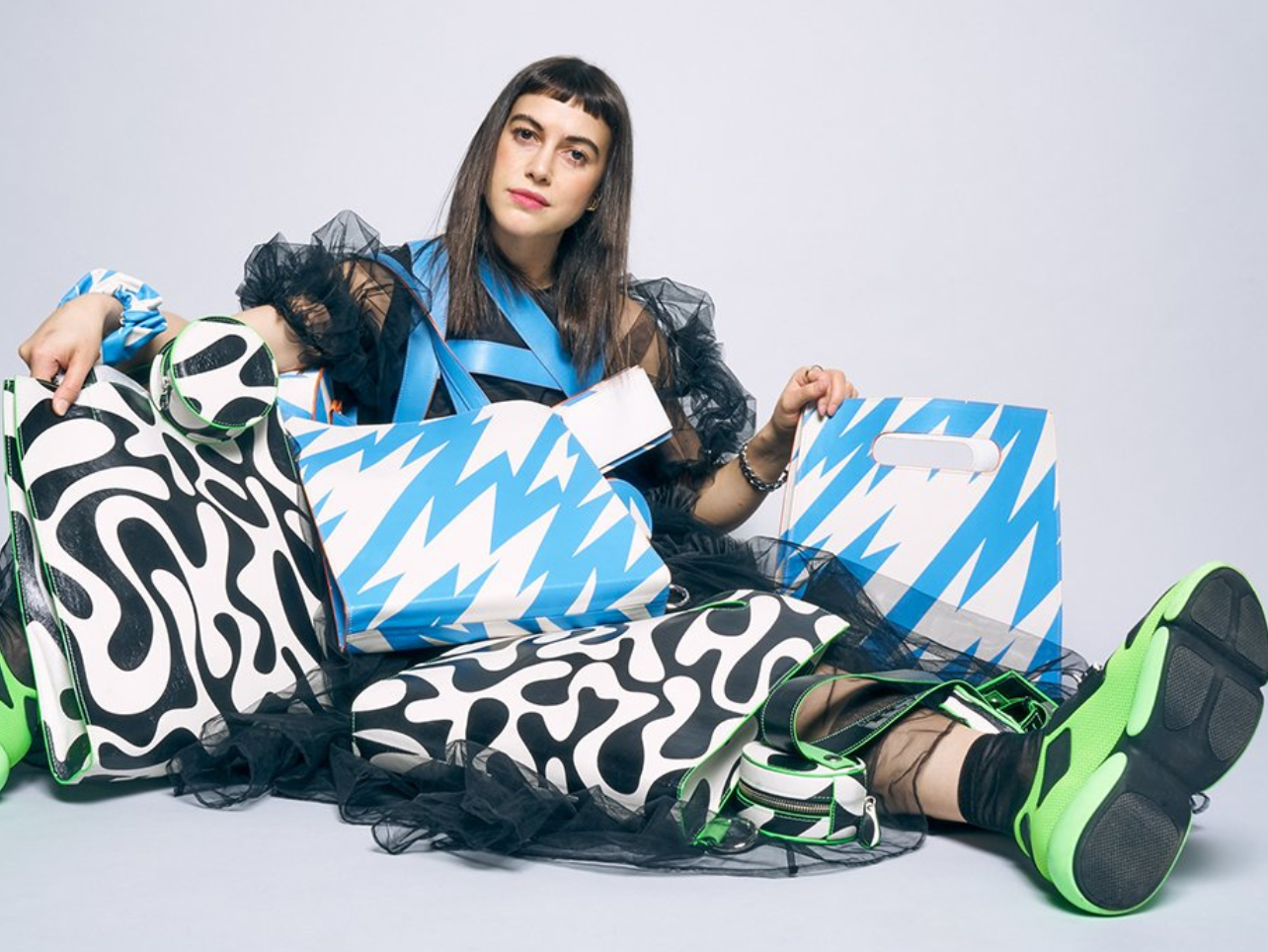
DANCASSAB
VOICES
LETA
SOBIERAJSKI
We are pleased to introduce Leta Sobierajski, artist and co-designer of the Dan Cassab x Leta Sobierajski collection – our first leather accessories range done in collaboration with creative director and founder Daniela Cassab.
An independent designer and art director based in New York City, Leta’s multi-media practice explores visual journeys through combining traditional graphic design elements with photography, art, and styling to produce viscerally stunning tableaus. As one-half of the creative studio, Wade and Leta, a style they have dubbed ‘Music To Your Eyes,’ comes alive, where speculative design converges with colorful mediums forming a familiar personality throughout their work. Counting in her arsenal of inspiration are such lauded visionaries as Rei Kawakuba and Arakawa and Gins, the latter to whom she attributes, “Their work has made us consider the physical effect of the work that we make and has even encouraged us to create our own work philosophies such as “design as performance,” to give a greater understanding to the physical activity we strive for in the work we create, whether through a brand, a sculpture, or an ad.”
To fully grasp the breadth of Leta’s imagination, it is essential to understand that her artistic process begins with considering the holistic experience as both the creator and the beholder. This practice is one she began to hone from a young age growing up in a small rural town in upstate New York. It was among the vast acreage surrounding her childhood home, filled with trees and beautiful stillness, that the curiosity she approaches her work with today began to take shape. She recalls, “With a surplus of nature at my disposal and no siblings to play with, my imagination would run wild as I traversed streams and climbed trees, imagining that I was running alongside fantastical creatures with batons in my hands (sticks, of course) and inspecting a world untouched by human hands. I’d write, draw pictures, and write stories about my discoveries and record myself on a tape recorder interviewing these creatures that I found (I wish I had these tapes still!). It sounds like it was a very lonely existence, but I can’t imagine an alternative.”
Leta’s work explores the space between more conventional identities and pushing boundaries into bizarre compositions. The color-charged, overarching optimism conveyed in both her artwork and personal style is what captivated us at first sight. When the opportunity to collaborate became possible, it was a refreshing and motivating reward to learn her creativity was even more boundless than we expected. In our first virtual meetings last year, there were shared sentiments of relief to co-create again during one of the most isolating and troubling times in history. As creators, the interaction between tangible things – whether tools, materials, or individual people – is an essential requirement and great privilege. So, perhaps conjuring the strength on behalf of every creative mind feeling the weight of a future then unknown, Daniela and Leta set forth with shared determination to bring something entirely new into the world for both of them.
For the initial collaboration, Daniela and Leta designed a limited-edition t-shirt benefitting Project Paz’s COVID at the Border initiative, with 50% of the proceeds donated to support communities in need on both sides of the U.S. and Mexico border. Leta interpreted her signature bold graphic and text‐based work into empowering motifs featuring the phrases ‘We Are What We Think’ and’ ‘Love Thy Neighbor’ to show the solidarity and respect Americans have for their Mexican neighbors.
Not unlike her early ventures into the unknown, throughout her artistic evolution, Leta continues to challenge herself and her collaborators to not only make something appear but to ensure the impact of its presence is everlasting once discovered. As the duo embarked on designing leather accessories, equally important were shared values to preserve the product and design integrity while using the most sustainable production methods, from utilizing leather scraps from the brand’s cutting room floor, leftover from previous collections to selecting packaging and shipping materials. Combining Leta’s postmodernist/maximalist influences with Dan Cassab’s 60s rock n roll aesthetic, the resulting range brings Leta’s bold graphics to life over handcrafted leather to form a unisex, utilitarian assortment of handbags and accessories.
After what became a nearly year-long process from the first brainstorm to launch, this particular joining of art and fashion functioned as a source of catharsis and hope for the two creatives navigating uncharted territory. Taking comfort in problem-solving together effectively wrought a sense of peace and gave purpose to what seemed like, at times, a loop of endless chaos and uncertainty.
We are so grateful for the unforgettable experience of working with Leta. Looking back at the year behind us and looking forward at much to come, we hope these two mantras will guide you as swiftly as they did us, to believe that “We Are What We Think,” and remember to “Love Thy Neighbor.”
The Dan Cassab x Leta Sobierajski collection will be available on Monday, March 22, exclusively on Dancassab.com.
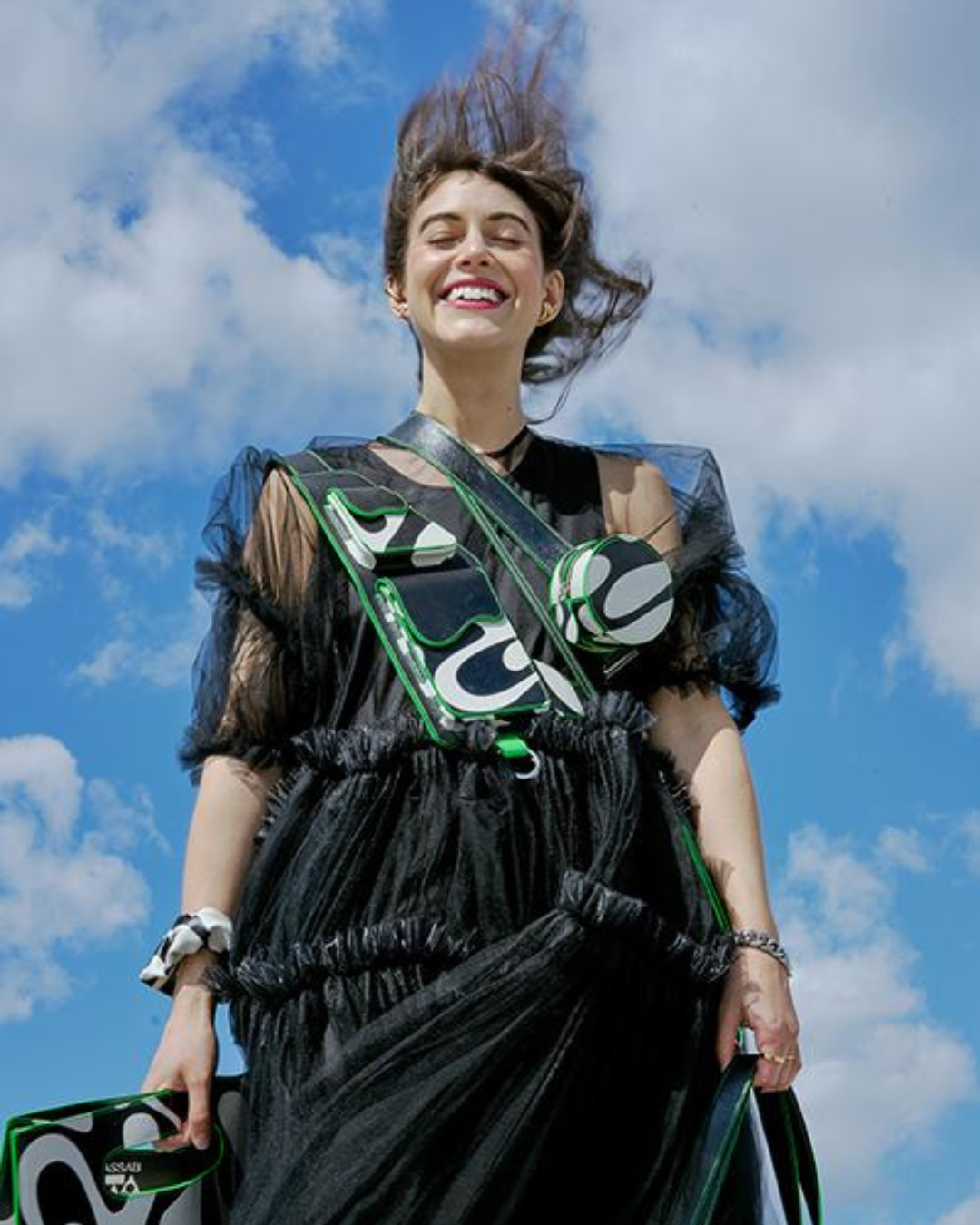
‘WITH A SURPLUS OF NATURE AT MY DISPOSAL AND NO SIBLINGS TO PLAY WITH, MY IMAGINATION WOULD RUN WILD AS I TRAVERSED STREAMS AND CLIMBED TREES, IMAGINING THAT I WAS RUNNING ALONGSIDE FANTASTICAL CREATURES WITH BATONS IN MY HANDS (STICKS, OF COURSE) AND INSPECTING A WORLD UNTOUCHED BY HUMAN HANDS. I’D WRITE, DRAW PICTURES, AND WRITE STORIES ABOUT MY DISCOVERIES AND RECORD MYSELF ON A TAPE RECORDER INTERVIEWING THESE CREATURES THAT I FOUND (I WISH I HAD THESE TAPES STILL!). IT SOUNDS LIKE IT WAS A VERY LONELY EXISTENCE, BUT I CAN’T IMAGINE AN ALTERNATIVE…’ — Leta SOBIERAJSKI.

DC: Where did you grow up? Can you remember your earliest form of creative output as a child?
LS: I’m from a very tiny town and grew up in a deciduous forest area in upstate New York where the changing of the seasons was probably the biggest event of the year. Outside of school activities, there wasn’t much to do; aside from studying, I spent my free time drawing and exploring the outskirts of our backyard (all 20 acres of it). With a surplus of nature at my disposal and no siblings to play with, my imagination would run wild as I traversed streams and climbed trees, imagining that I was running alongside fantastical creatures with batons in my hands (sticks, of course) and inspecting a world untouched by human hands. I’d write, draw pictures, and write stories about my discoveries and record myself on a tape recorder interviewing these creatures that I found (I wish I had these tapes still!). It sounds like it was a very lonely existence, but I can’t imagine an alternative.
DC: Where did you go to college? How did you decide to study graphic design?
LS: Once we got internet access (a difficult acquisition when you happen to live in the woods), I learned that there was more to drawing than just a pen and paper. I asked my parents for a licensed copy of Photoshop 7.0 for my 12th birthday, which I planned to use to color and improve my artworks. I spent more and more time indoors patiently waiting for my access to the outside world to load, pixel by pixel. I used DeviantArt as a portal to share my work and visited chat rooms to connect with other people who felt as estranged as I did. From drawing, I began to design posters, study technical drawing, and eventually signed up for classes in desktop publishing. By my final year of high school, I felt design was an industry that could help me tie all of these interests together.
I went to college at SUNY Purchase College, a school about an hour outside of New York City and four hours from my hometown. At that time, I was still so unaware of the world of art and design and schools like the SVA and RISD simply weren’t on my radar. Thanks to already being a New York State resident and my mother working for another SUNY school, my education was heavily discounted. I’d say that Purchase was a gentle introduction for me to the outside world and a suitable transition between my tiny town and my current “big city” living.
DC: Are there particular artists, cultures, movements, periods, or otherwise that you are influenced by?
LS: Arakawa and Gins – The ultimate working couple, Shusaku Arakawa and Madeline Gins were visual artists, conceptual writers, self-taught architects who believed that, through a radical recalibration of the built environment, humans could solve the ultimate design flaw: death. Their work has made us consider the physical effect of the work that we make and has even encouraged us to create our own work philosophies such as “design as performance,” to give a greater understanding to the physical activity we strive for in the work we create, whether through a brand, a sculpture, or an ad.
Despite how incredible, insightful, and batshit crazy their work has been, Arakawa and Gins have created very few architectural sites together, though they had originally planned for many more. Wade and I have taken it upon ourselves to visit as many of their sites as we can in hopes of further learning and understanding the brilliance that their work conveys. Ever since we discovered their work in 2016, we’ve been infatuated with their idea for growing backward in age by designing environments that become “interactive laboratories of everyday life” whose terrain and walls are deliberately realized in unexpected ways to keep a person ‘tentative’ so that they must actively negotiate even the simplest tasks. This heightened body awareness and the challenging of senses can, they believed, allow the body to constantly re-configure itself and with time become a means to strengthen the immune system. Bioscleave House fundamentally proposes an architecture of viability that helps to sustain one throughout life, and even extend human lifespan indefinitely.
Rei Kawakubo – The evolution of her brand, Comme Des Garcons, over the course of several decades has been forever inspiring to me. Her work challenges the shape and idea of the human body and interchangeability of femininity / masculinity and makes me reconsider the functionality and utilitarianism of everyday clothing. She also gives me the motivation to be a successful woman without having to exude the typical tropes of womanhood.
I’m also heavily inspired by the fantastical storytelling of the Final Fantasy game series, and find that the games that I played in my younger years still contribute to the ambitious storytelling and positivity that I carry with me today. Plus, the stylistic choices of the main characters are likely what gave me an inherent curiosity about fashion in my more current years. These stories give me this otherworldly superhero-esque feeling of purpose in the work that I make, encouraging me to succumb to ideas of escapism and the grandiose dream and desire for building an alternative world to offset our daily lives.
DC: To what extent do they infiltrate your world as an artist, in your home, or personal style?
LS: I don’t see a separation between work and life, and nor do I see a separation between the persona of myself and the persona of me as a designer. Both go hand in hand, and therefore I surround myself with the work and writing of those who inspire me. Our home is painted in many bright colors with accented trimmings—most of which are leftover from set design and sculpture projects and are a testament to the many colors we have used in our work. The artwork on our walls and shelves is made by many of our friends and role models. My personal style can sometimes be a little less colorful than the work I make, but what it lacks in chromatic joy it makes up for in silhouette and structure. Wade and I have also taken up the interest of collecting figures from games and anime that have impacted us (like Akira, Final Fantasy, Evangelion, etc.), so our shelves have gotten a lot more playful.
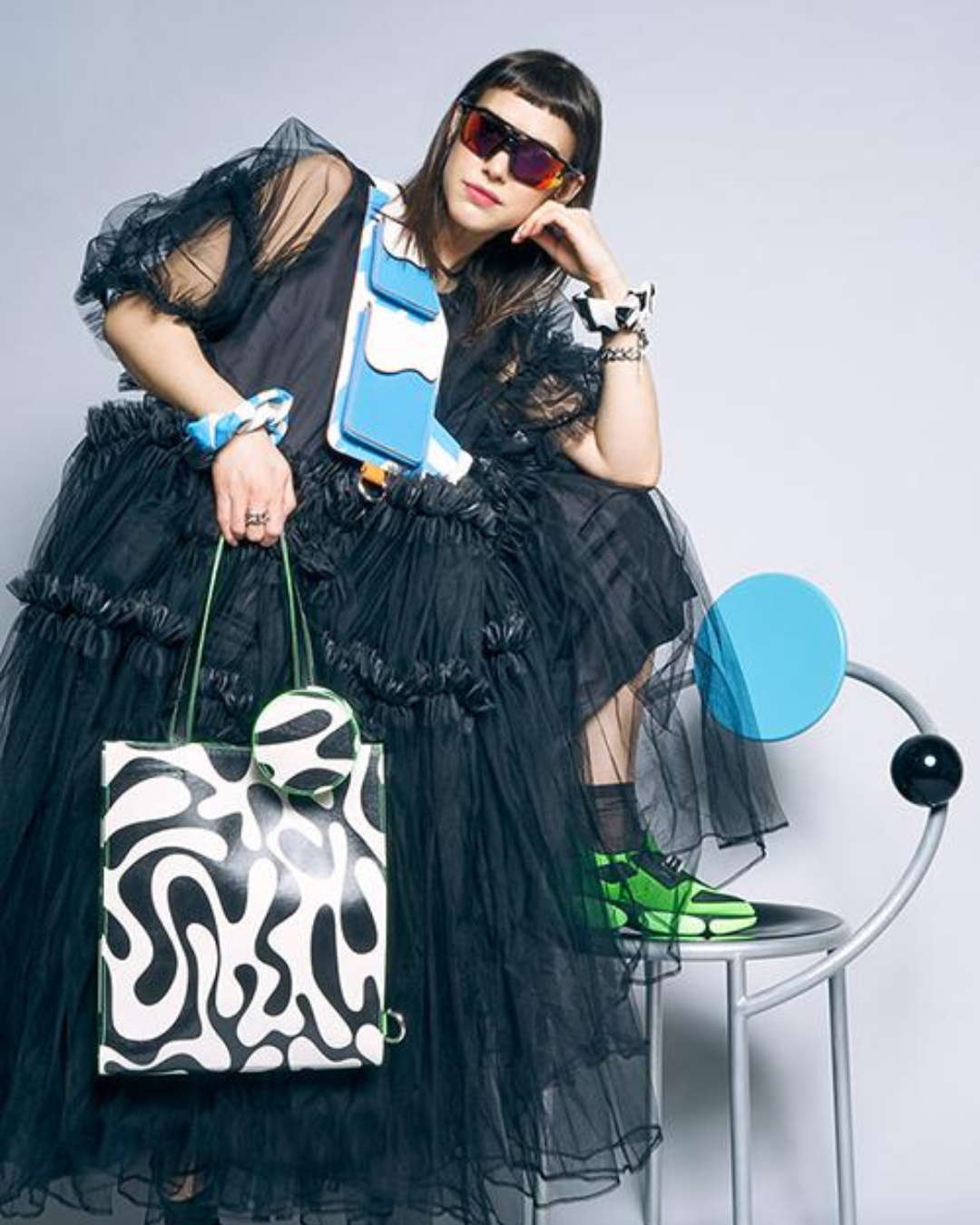

DC: How did you hone your signature style? How has it evolved over the years – both pre-Wade and Leta and post?
LS: Saying it’s a signature style is so kind! I honestly still feel like it’s something I’m figuring out, so I’m flattered that it has some sort of distinction. I’ve always been attracted to sculpture and landscapes and architecture, and so I naturally gravitated towards exploring the physicality of design. While I was taught that graphic design, at its essence, was focused on logos, typography, posters, and books, these elements weren’t enough to keep my attention in university. I always wanted to do what I wasn’t being taught in the classroom. Hence, I was often found in the woodshop working with sculpture majors’ offcuts or barricading myself in the basement for a photoshoot with whatever I could find. This hands-on approach led to a fascination with the materiality of design and how I didn’t need to be confined to one aspect of an industry to make it feel like my own.
My personal projects were born from ideas that I couldn’t make on the computer, and incorporating my own physicality with my photography was the solution that would help make my concepts sing. Incorporating myself and my body into my work felt like a natural evolution because of a very unglamorous reason—I didn’t have the money to hire someone else to do it. Vanity is not the intention here; it’s simply to save a few bucks. When I met Wade, he very quickly adapted this technique, and we began to make work together using these principles. We both grew up playing sports and being active, and so using our bodies to conquer our conceptual challenges felt like a natural evolution of our skillset as designers.
DC: Do you and Wade create balance through opposites or do you find yourselves aligned on most projects?
LS: As individuals, we are much different from one another, and that is quite apparent in our work. I love the smaller details and really refining things, whereas Wade is more gestural with his work and likes to iterate to define a feeling. It really works out because we openly collaborate and share files to make sure we can catch each other when we are going a little too crazy. Everything is about balance and harmony and how we can attain it through dialogue and collaboration.
DC: What is most important to you when considering a new project?
LS: For me, it’s most important to find new opportunities and novel solutions. I love being able to work with brands and people who see merit in what we do and help us push our own boundaries within our offerings as a studio. There’s beauty in someone being able to see our work and recontextualize it in a way that might offer a solution in a way we could not previously imagine. I consider each project to be a stepping stone for us to expand our skillset, and truly, we wouldn’t be able to do this without the trust and support of those who choose to work with us. Our values are simple, and our biggest ambitions are always to make something we’ve never made before.
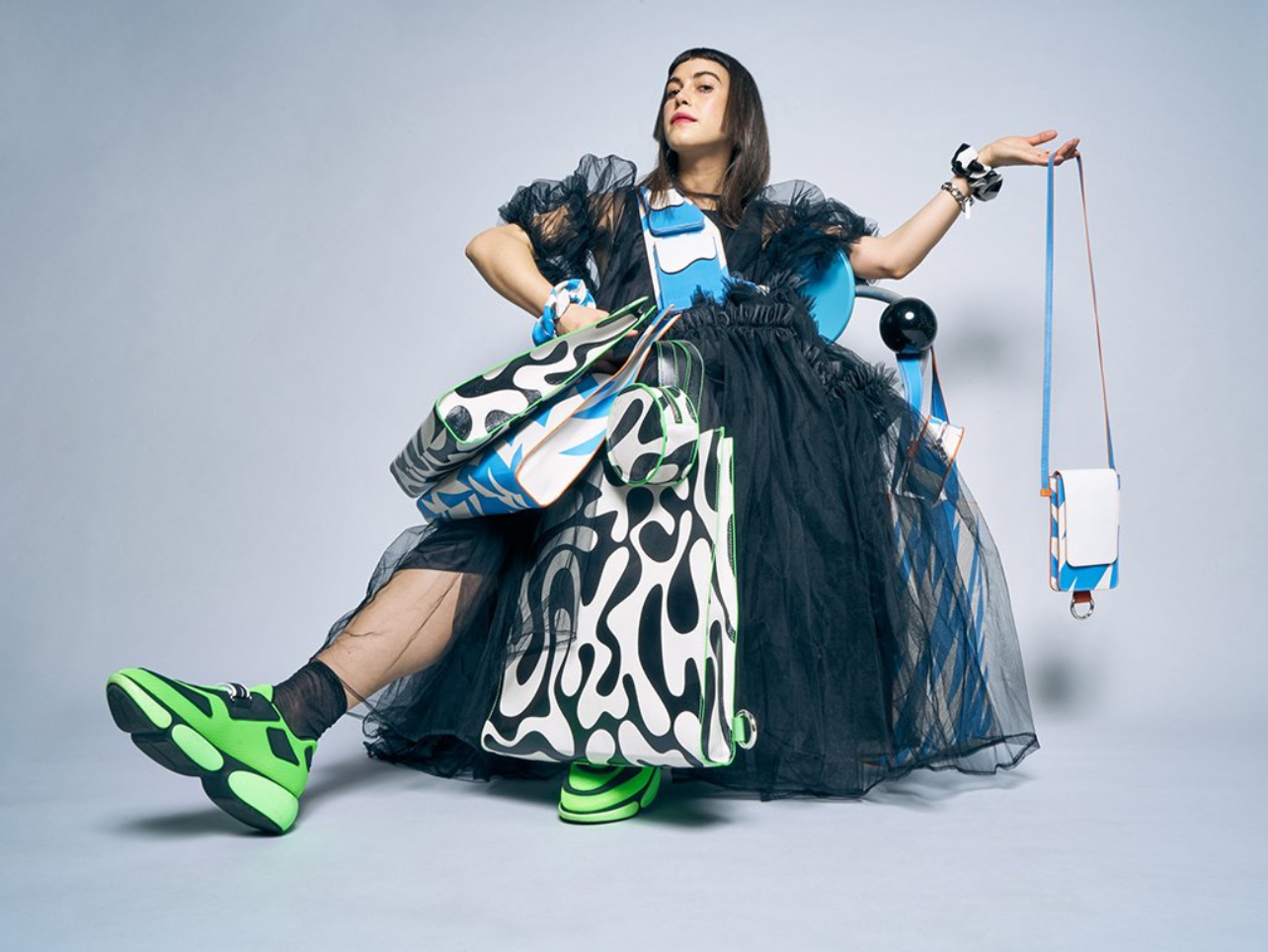
‘ THEIR WORK HAS MADE US CONSIDER THE PHYSICAL EFFECT OF THE WORK THAT WE MAKE AND HAS EVEN ENCOURAGED US TO CREATE OUR OWN WORK PHILOSOPHIES SUCH AS “DESIGN AS PERFORMANCE,” TO GIVE A GREATER UNDERSTANDING TO THE PHYSICAL ACTIVITY WE STRIVE FOR IN THE WORK WE CREATE, WHETHER THROUGH A BRAND, A SCULPTURE, OR AN AD. ’ — Leta SOBIERAJSKI.
DC: You have worked with a range of brands from design to fragrance and beyond. Was there anything particularly appealing or different about working in the fashion space with Dan Cassab?
LS: I really appreciate what Daniela has created and was already a big-time admirer—Dancassab feels like it is designed for the unapologetically ambitious woman (or person) who has great dreams and even greater goals. I’ve never worked in the fashion space before but have been extremely keen to explore it, and Daniela’s positive energy and endless ambition felt like the perfect invitation. I’ve learned so much from every person I have collaborated with, and I feel like working with DanCassab has been one of the greatest learning experiences thus far.
DC: What would you say your greatest challenge was when approaching the collaboration from a design perspective?
LS: Having no limits is always going to be my greatest challenge. As a person who thrives on constraints and self-proclaimed rules, being given an open floor to construct ideas is intimidating, nerve-wracking, and liberating, all at once! Originally we discussed designing a t-shirt and some patterns, and I’m grateful that Daniela was enthusiastic when I presented page upon page of ideas for how to take this collaboration to the next level, taking me way out of my comfort zone as I thought about silhouettes, hardware, functionality, and wearability. I honestly never thought that we would make everything we discussed, and I keep on pinching myself when I look at the lookbook because I still can’t believe it’s all real.
DC: What is the greatest risk you’ve taken so far as an artist?
LS: Acknowledging that sometimes our initial dreams aren’t always the right dreams. Before I began working individually, I was truly set on working my way to the top of the ladder at a studio, but was soon disenchanted when I understood the realities of those studios I worked for. I wanted to build a safe space for myself that did not depend on titles to define what I do, so I could freely explore mediums and materials without having to justify the reason.

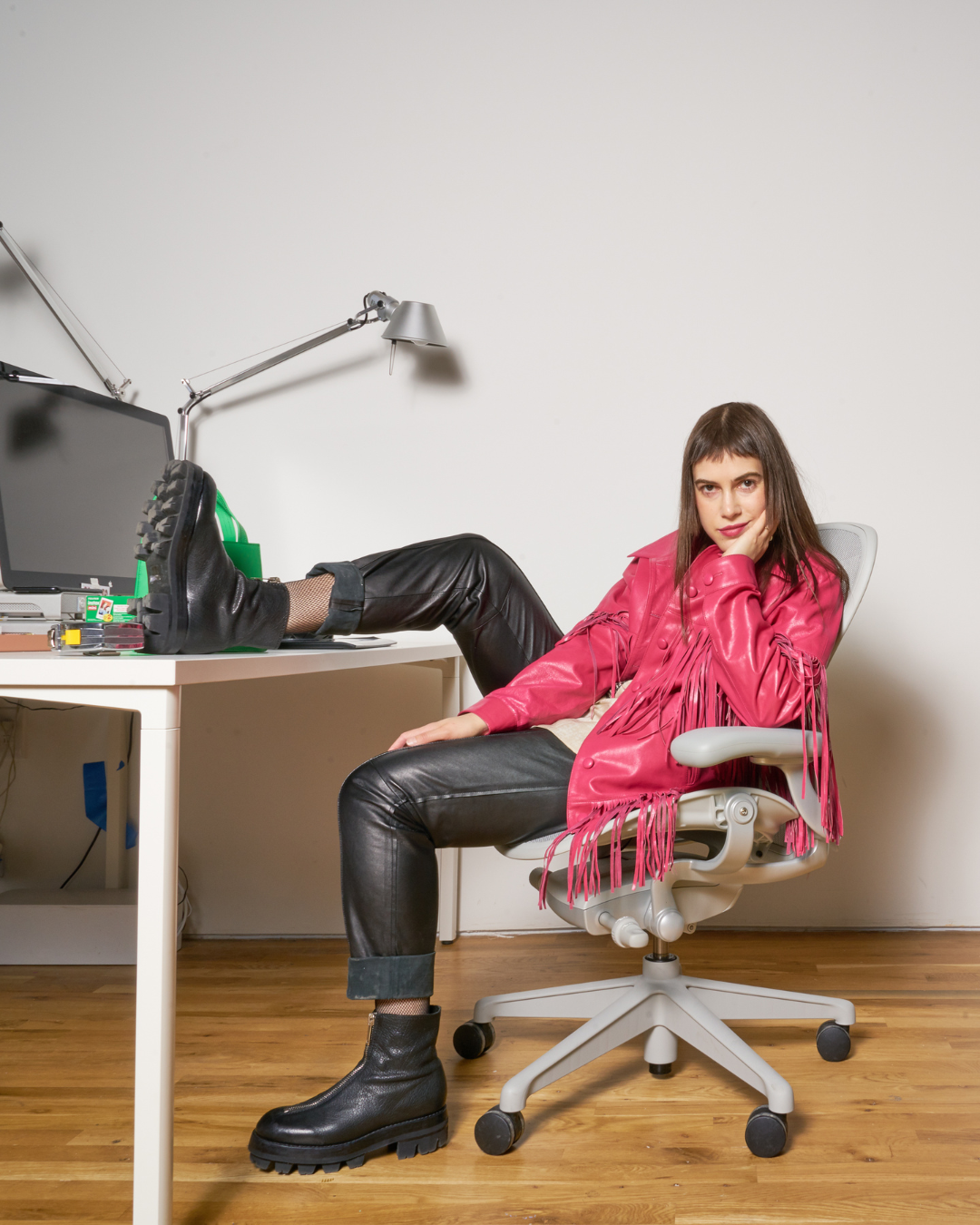
‘ I DON’T SEE A SEPARATION BETWEEN WORK AND LIFE, AND NOR DO I SEE A SEPARATION BETWEEN THE PERSONA OF MYSELF AND THE PERSONA OF ME AS A DESIGNER. BOTH GO HAND IN HAND, AND THEREFORE I SURROUND MYSELF WITH THE WORK AND WRITING OF THOSE WHO INSPIRE ME. ’ — Leta SOBIERAJSKI.
DC: Assuming public health and travel restrictions were not a factor, what would be your dream project?
LS: For years now, we’ve wanted to design a playground that could appeal to both children and adults. There’s something so extraordinary about seeing people interact with our work, and thankfully for us, color and pattern tend to attract people of all ages. We’d love to build a site that can be appreciated at any time of day without exclusivity.
When we created our Party for All in 2019, it really opened our eyes to the idea of how, despite us loving museums and galleries, our favorite artworks were experiences that promoted interactivity. We hope that at some point, somewhere around the world, we’ll be able to create a space (or series of spaces!) that can encourage people to be themselves, love one another, and embrace their sense of child-like wonder.
DC: Do you see the Wade and Leta studio expanding into other areas of design or creating materials or products?
LS: We’ve already started to explore the possibilities of public sculpture, intricate installations, and in 2021 we’re designing an entire factory space, so I think that our evolution into materials and products is only a matter of time. I’m fortunate that our educations could teach us such broad principles because I feel like they can be applied to every possible facet of our field.
On New York:
Your favorite…
Local small business:
Kettl Tea, Winson Bakery, Nick and Sons Bakery.
Restaurant:
Cerveceria Havemeyer, Rule of Thirds, Ten Bells.
Museum:
Rather than a museum, go to Chelsea and spend a day weaving in and out of galleries. It’s my
favorite way to gather inspiration and was Wade’s and my weekend regimen pre-pandemic.
Book store:
Karma Books, Dashwood Books.
Art supply store:
Artist & Craftsman Supply on Metropolitan.
Park:
Flushing Meadows Corona Park.
Clothing store:
Dover Street Market, Comme des Garcons.
Furniture finds:
Bi-Rite, Home Union, and Lichen, and our friend Francois Chambard who designed our most
extraordinary credenza.
Where you feel most at peace:x
In the comforts of my home with my headphones on.
Leta Collection

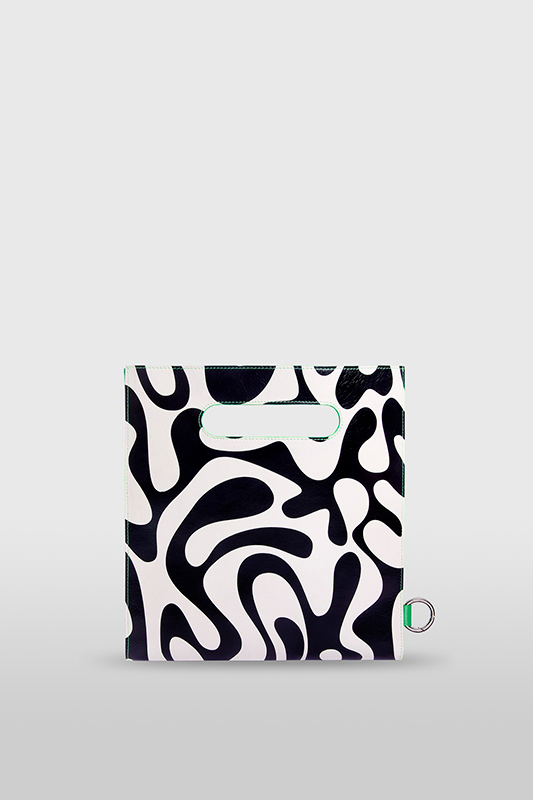

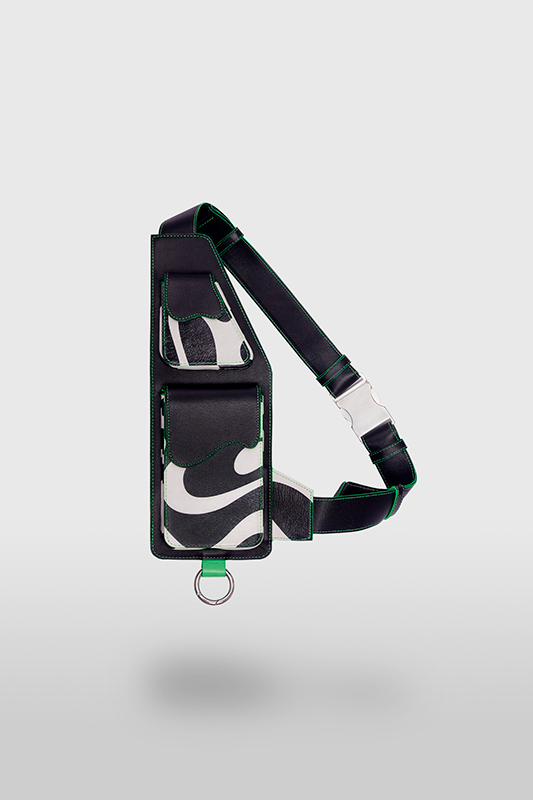

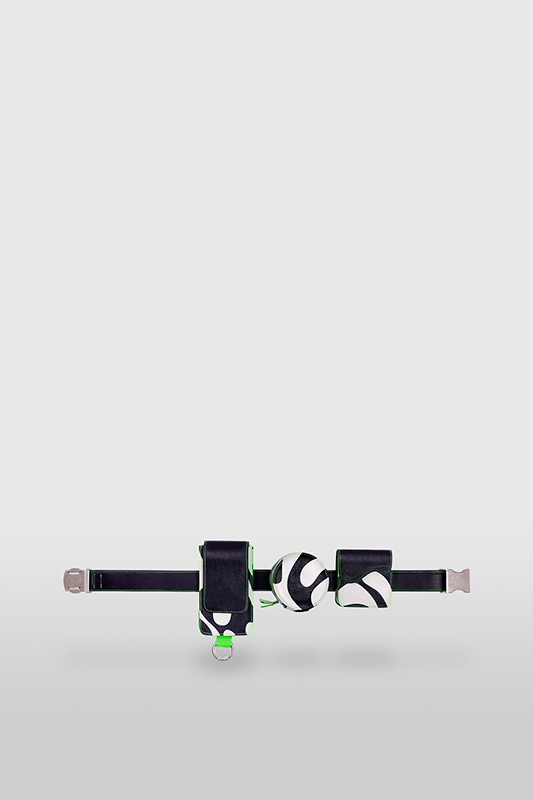


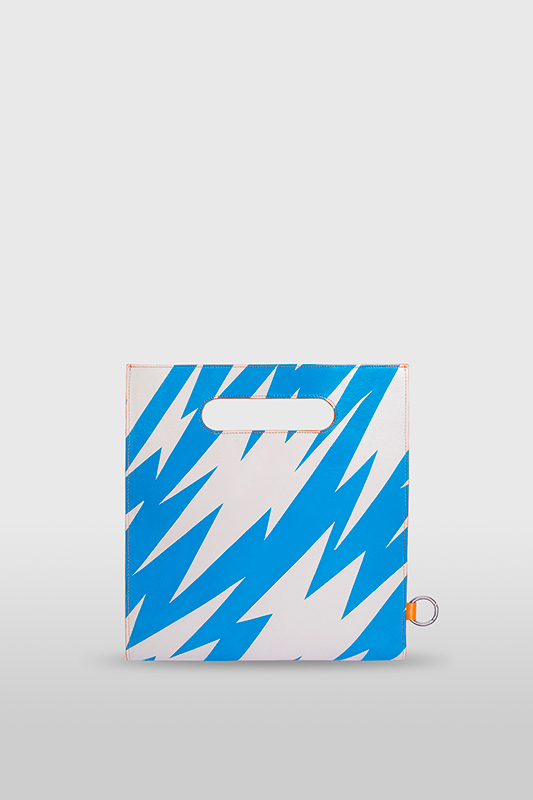



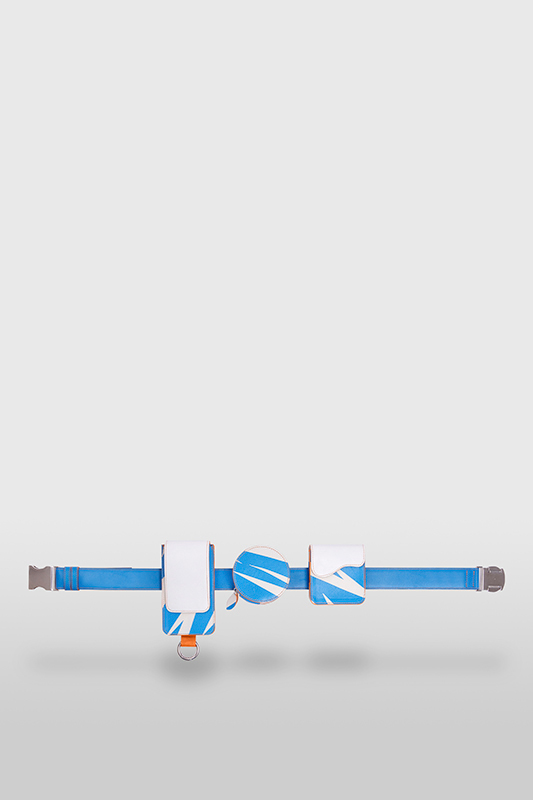

Loretta
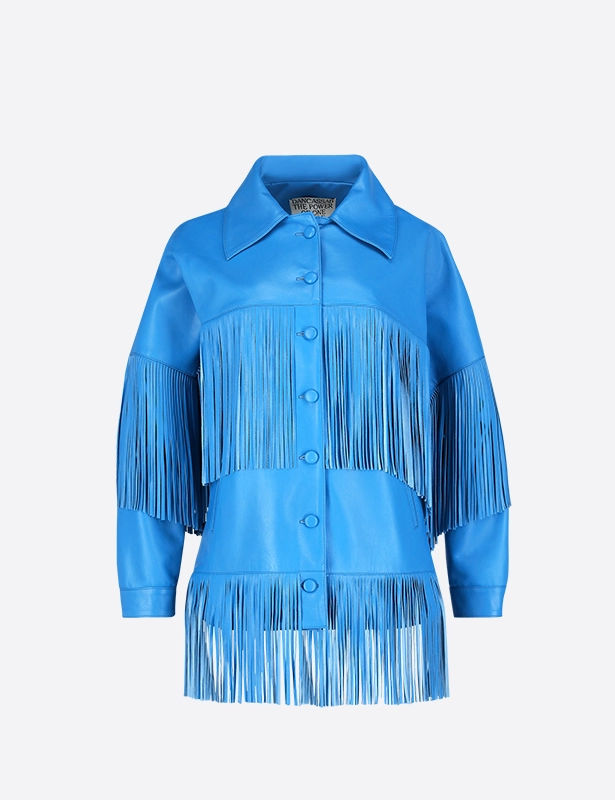
Loretta

